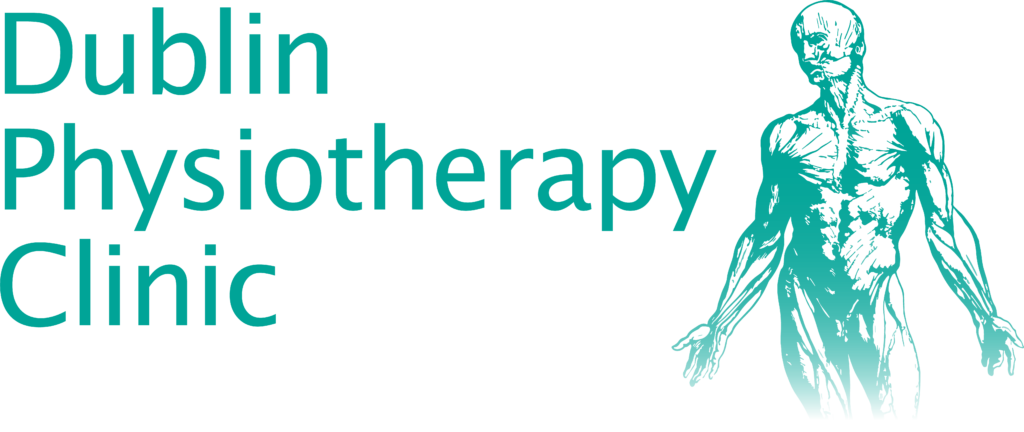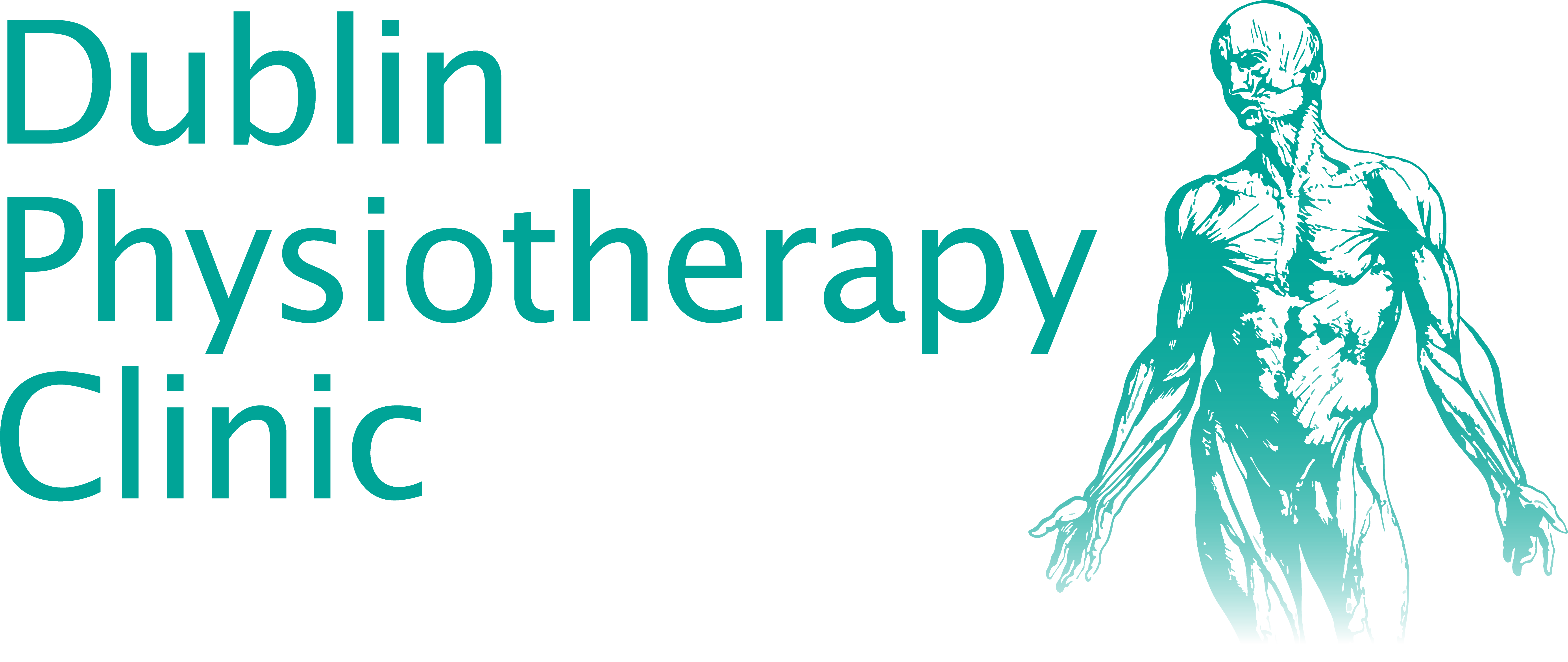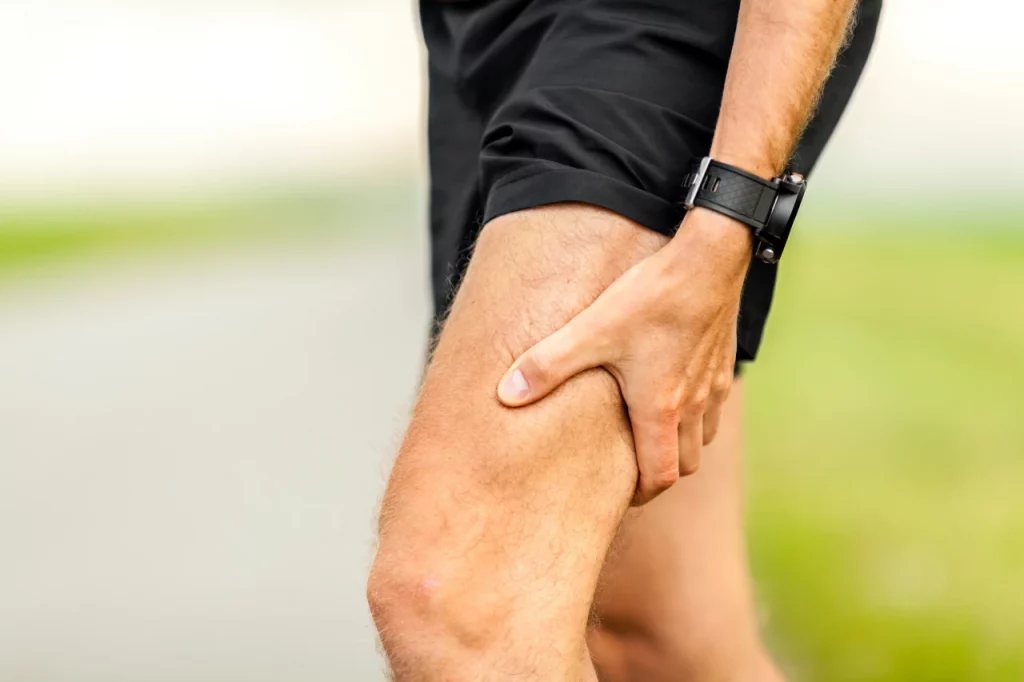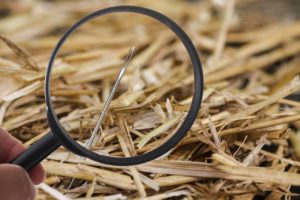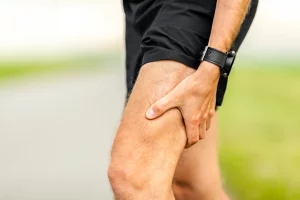There is a lot of talk in the media today with high profile sports players out with hammock hamstring injuries and hamstring repairs that are done surgically.
What are the types of hamstring injuries that can occur and how can they be managed?
First, hamstrings are a group of three muscles at the back of the leg. One runs down from the bottom of the buttock down to the back of the knee and is known as the biceps femora and then we have two hamstring muscles that run down into the inside of the back of your knee. These are known as the semimembranosus and semitendinosus hamstring muscles.
They all start from one common spot upon the bone that you sit on commonly, which is known as the Barossa T and they are anchored in this area from a strong tendon that attaches to the area.
The hamstring area has a tendon attachment at the buttock and below the knee behind where the knee bends and there is a fleshy muscle in the middle.
That is generally the anatomy of the hamstring and the muscular portion is within the middle of the muscles at the back of the thigh.
Like all muscle injuries, we grade the severity of the injury according to the proportion of damaged fibres. The typical grades run from grade 1to grade 4. Grade 1 represents a small portion of the fibres that are torn (less than 10%). These give a bit of a strain when you are running and the injury often happens a couple of weeks before participating in sports. For grade 2, there is a bit more of fibres that have been torn.
Grade 3 represents a significant disruption where at least 50% of the structure is torn and grade 4 represents a complete separation.
There are two aspects to a hamstring injury. First, the level of injury can be graded according to the level of severity. Secondly, this involves where the tear occurs. This is important because different parts of the structure have different healing properties and the effect of damage in those areas is different depending on the location.
If the tear happens in the fleshy part of the muscle, this injury lends itself well to repair and the muscles heal faster, unless there has been a recurrent persistent problem. This is probably the best area to have an injury.
It also depends on the number of fibres that are torn. There could be damage where the muscle and tendon blend and that is technically a slow healing area known as the muscular tenderness junction. That is an area where there is a lesser blood supply than in the fleshy part of the muscle.
Damage and repair in this area are a bit slower since the area has a different kind of tissues, which include the connective sinewy tissues.
You can also have damage to the tendon itself where the tendon attaches to the {unintelligible} at the base of the butt cheek. Damage in the tendon at that area or down at the other end in the back of the knee is worse because a tendon injury in these areas tends to be more stubborn and slow in healing. In addition, there is lesser blood supply at the muscular tenderness junction and it is therefore slow to healing.
You can also have damage to the area where the tendon attaches to the bone. Injuries in this area are known as Vulcan injuries where the tendon gets ripped or pulled off the bone. This is a modern phenomenon that was rarely seen, 30 years ago when I started practicing physiotherapy.
One downside in the attachment of the tendon to the bone is that it can be vulnerable and is particularly seen in rugby and soccer. These types of injuries generally need surgical repair.
In the next post, we shall cover more aspects of diagnosis, treatment, and rehabilitation.
